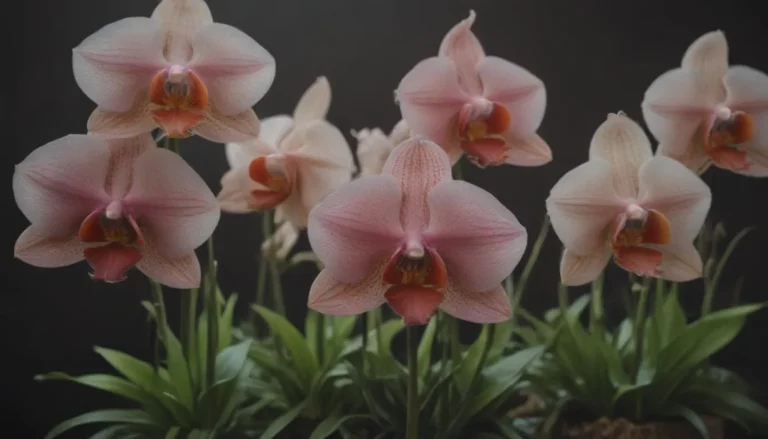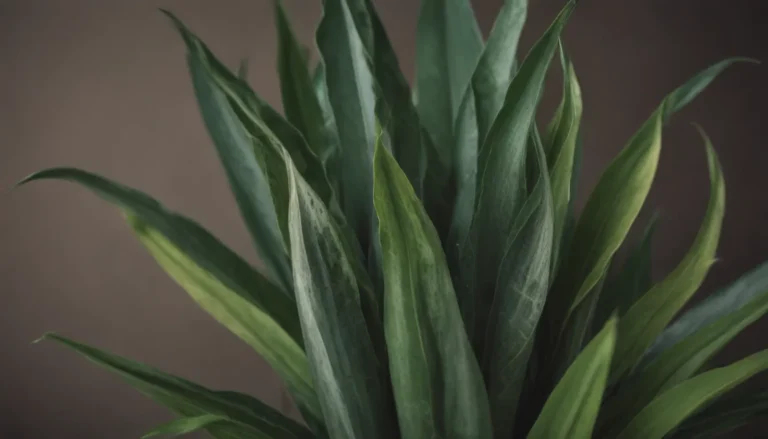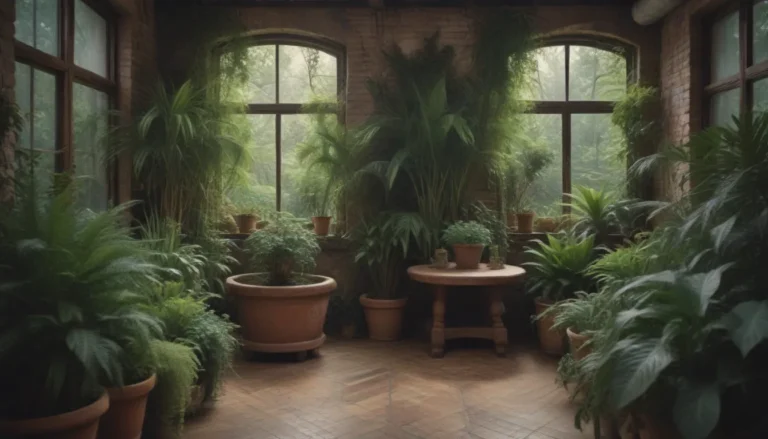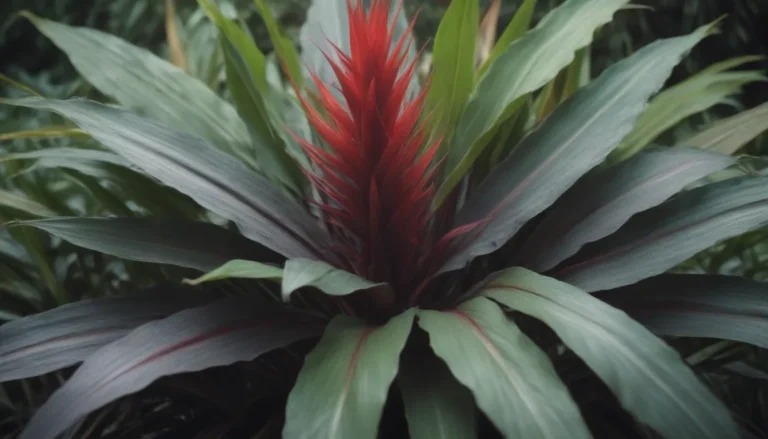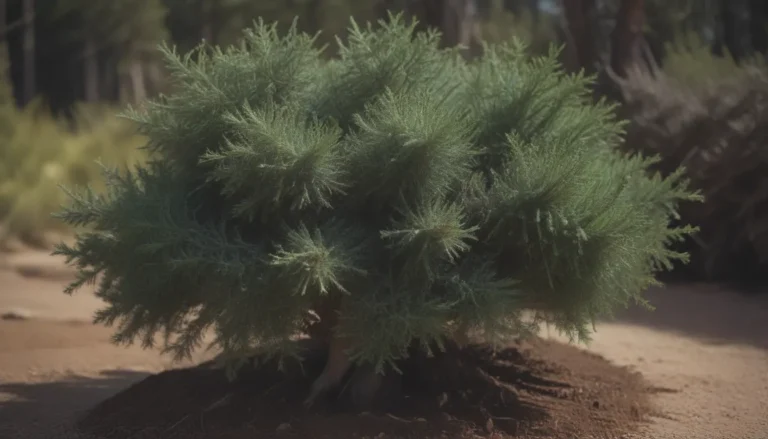The Comprehensive Guide to Growing and Caring For Gomphrena Plants
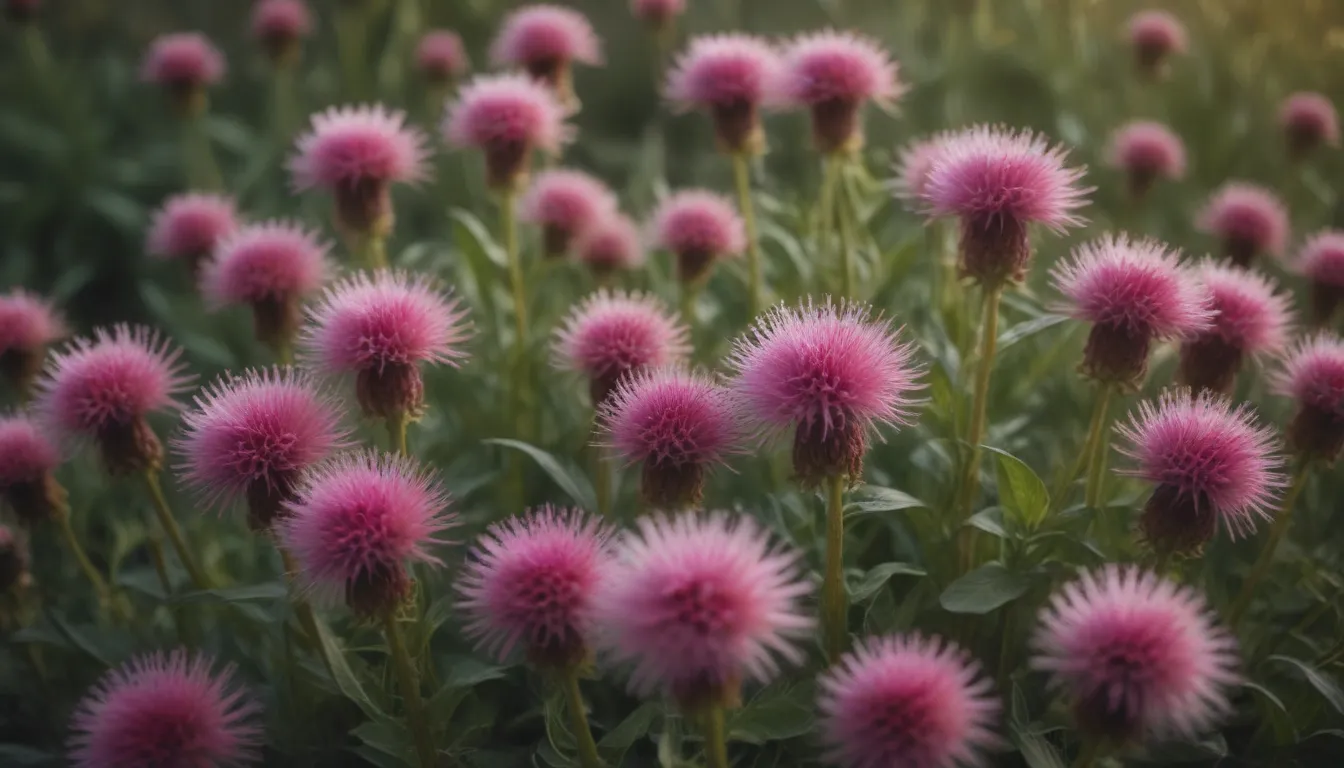
Are you looking to add a pop of color to your garden that will last all the way from June to frost? Look no further than Gomphrena plants! Also known as globe amaranth, these vibrant flowers are low-maintenance, long-blooming perennials that thrive in tropical and subtropical regions. From open woodlands to dry stream beds, Gomphrena can be found adding beauty to any landscape. In this guide, we will dive deep into everything you need to know to successfully grow and care for these stunning plants.
Getting Started with Gomphrena Plant Care
Let’s kick things off by ensuring you have the right conditions in place for your Gomphrena plants to thrive. Here are some key care tips to keep in mind:
Planting
- Transplant seedlings or sow seeds in a location with at least six to eight hours of direct sunlight daily.
- Consider starting seeds indoors six to eight weeks before the final frost for a greater variety of colors.
- Wait for the soil temperature to reach 70 degrees Fahrenheit before sowing seeds in USDA hardiness zones 9 to 11.
- Plant seedlings 12 to 18 inches apart and leave seeds uncovered or lightly covered for germination.
Light
- Gomphrena plants thrive in full sun, receiving six to eight hours of direct sunlight daily.
Soil
- These plants are adaptable to most soil types, as long as they are well-draining.
- Gomphrena can grow and flower well in sandy, loamy, chalky, and clay soils with a pH ranging from slightly acidic to slightly alkaline.
Water
- Once established, Gomphrena plants are drought-tolerant but will benefit from regular watering during hot, dry spells.
- Water at ground level when the top inch of soil feels dry and avoid wetting the foliage.
Temperature and Humidity
- Gomphrena thrives in temperatures ranging from 65 to 75 degrees Fahrenheit and does not tolerate frost.
- Cut plants back to ground level in USDA hardiness zones 9 to 11 at the end of the growing season to prepare for overwintering.
Fertilizer
- While Gomphrena plants do not require extra feeding, you can choose to fertilize them once or twice during the growing season.
- Working compost into the planting area or using organic mulch can provide sufficient nutrients for these easy-care flowers.
Exploring Different Types of Gomphrena
Gomphrena comes in various species, each with its unique characteristics and benefits. Here are some popular types you might encounter:
- Common Globe Amaranth (G. globosa)
- Strawberry Globe Amaranth (G. haageana)
- Pink Globe Amaranth (G. pulchella)
- Sonoran Globe Amaranth (G. sonorae)
All species of Gomphrena are highly attractive to pollinators, making them a great addition to any garden for both their beauty and their ability to support local wildlife.
Propagating and Growing Gomphrena Successfully
Gomphrena can be easily propagated from cuttings, making it simple to increase your plant collection. Here’s how you can grow Gomphrena from cuttings:
- Take cuttings from mature plants, remove lower leaves, and insert the cutting into potting soil.
- Stem cuttings root quickly and can be planted out in a short time for healthy new growth.
If you prefer starting from seed, Gomphrena is an annual in most USDA hardiness zones, making it a simple and rewarding way to introduce these colorful flowers to your garden.
Tips for Care and Maintenance
To ensure your Gomphrena plants continue to bloom beautifully, here are some additional care tips to keep in mind:
How to Get Gomphrena to Bloom
- Encourage a greater number of blooms by pinching out the earliest buds to promote branching and fuller growth.
- Gomphrena plants bloom continuously throughout the growing season, with the peak bloom typically occurring in mid to late summer and early autumn.
Caring For Gomphrena After Blooming
- Gomphrena flowers are known for retaining their vibrant colors when dried, making them great for everlasting arrangements.
- Cut back plants to ground level after the bloom season, especially in USDA hardiness zones 9 to 11 for overwintering.
Common Pests and Plant Diseases
- Keep an eye out for pests like aphids and flea beetles, which can be controlled with a strong spray of water or mild insecticidal soap.
- Prevent fungal infections in cool, damp weather by ensuring plants receive plenty of direct sunlight and watering at ground level.
Wrapping It Up
In conclusion, Gomphrena plants are a fantastic addition to any garden, offering vibrant colors, long-lasting blooms, and low maintenance care requirements. By following the tips and guidelines outlined in this comprehensive guide, you can successfully grow and care for Gomphrena plants in your own outdoor space. Whether you’re a seasoned gardener or just starting out, these beautiful flowers are sure to bring joy and beauty to your landscape all season long. Happy gardening!
